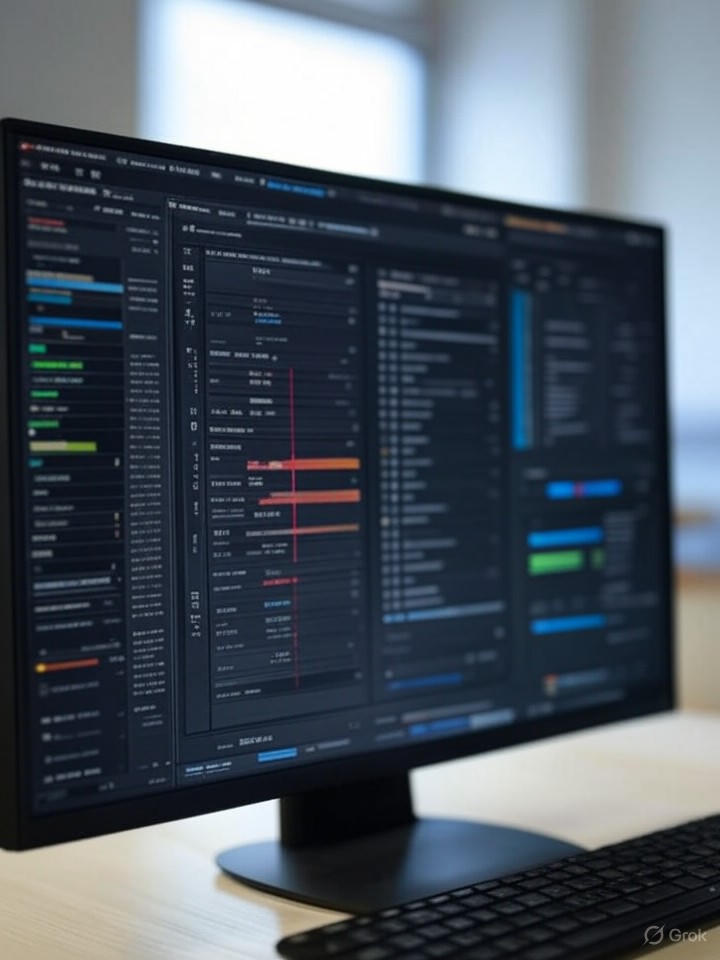In the ever-evolving world of open-source software, the latest update to Shotcut, a cross-platform video editor, underscores the project’s commitment to stability and subtle innovation. Version 25.08, released this month, arrives as a maintenance-focused iteration, addressing bugs that emerged in prior releases while introducing targeted enhancements that could appeal to professional editors and developers alike. Built on the MLT multimedia framework, Shotcut continues to leverage FFmpeg for broad format support, making it a go-to tool for those seeking free alternatives to proprietary suites like Adobe Premiere or DaVinci Resolve.
This release primarily tackles issues from version 25.07, including fixes for the Gain/Volume filter’s user interface and keyframe display, which had broken in the previous update. Artifacts in audio filters such as Fade In and Fade Out have been resolved, ensuring smoother audio workflows. As reported by Phoronix, these corrections are crucial for users on Linux distributions like Fedora, where frequent crashes in the RPM package—stemming from version 25.05—have now been mitigated, potentially stabilizing deployments in enterprise environments.
Enhancing Color Management for Modern Workflows
Beyond bug fixes, Shotcut 25.08 refines color space handling, a boon for video professionals dealing with high-dynamic-range content. The update corrects conversions from BT.709 to BT.2020 color spaces, and adds preview support for BT.2020, aligning the editor more closely with emerging standards in 4K and HDR production. This move reflects broader industry shifts toward wider color gamuts, as seen in streaming platforms and broadcast media.
Integration of new export features further bolsters its utility. Users can now embed markers as chapters directly from the export job context menu, streamlining post-production for deliverables like YouTube videos or DVD authoring. Insights from Linuxiac highlight how these additions, while incremental, enhance Shotcut’s competitiveness against tools like Kdenlive or OpenShot, especially for open-source advocates prioritizing native timeline editing without import overhead.
Implications for Developers and Power Users
For industry insiders, the underlying technical upgrades in Shotcut 25.08 reveal a maturing codebase. The project, now in its 21st year, builds on MLT 7.30 and Qt 6.8.1, with dependencies like OpenCV 4.10 enabling advanced filters. This release follows a pattern of monthly updates, as noted in coverage from Neowin, which emphasizes Shotcut’s role in democratizing video editing across Windows, macOS, and Linux.
However, challenges remain. While the fixes address immediate pain points, some users might yearn for more ambitious features, such as deeper AI integration seen in rivals. Yet, the open-source ethos—evident in its GitHub-hosted development—invites contributions, potentially accelerating future enhancements like expanded speech-to-text capabilities hinted at in prior versions.
Strategic Positioning in a Competitive Market
Looking ahead, Shotcut’s maintainers appear focused on reliability over flash, a strategy that resonates with budget-conscious studios and educators. The portable version, as detailed by FileCatchers, extends its appeal for on-the-go editing, while community forums buzz with discussions on leveraging the new color tools for professional-grade outputs.
Ultimately, this update reinforces Shotcut’s niche as a robust, no-cost editor. For insiders tracking open-source trends, it signals steady progress, ensuring the tool remains viable amid proprietary dominance. As adoption grows, expect further refinements that could position Shotcut as an indispensable asset in diverse production pipelines.




 WebProNews is an iEntry Publication
WebProNews is an iEntry Publication